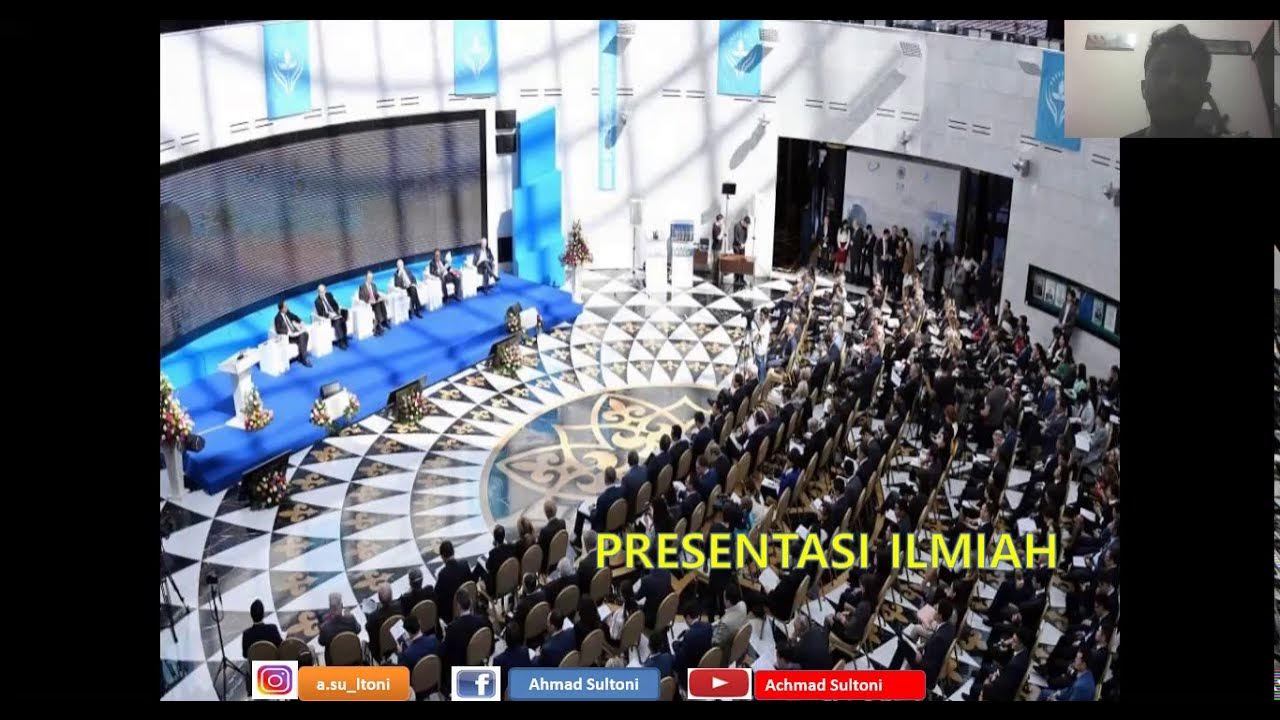Training Communication Skills - Session 1 Part 2
Summary
TLDRThis video discusses the importance of structuring presentations effectively using horizontal and vertical logic. It illustrates how to create a compelling storyline (horizontal logic) supported by authentic data (vertical logic) to engage the audience. The presenter emphasizes the need to focus on the narrative before adding supporting materials, ensuring clarity and impact. Techniques such as the SPQ framework—Situation, Problem, Question, and Answer—are introduced to help craft concise and persuasive messages. By combining these elements, presenters can create effective communication bridges that guide their audience from one point to another.
Takeaways
- 😀 The concept of horizontal and vertical logic is essential for effective presentations.
- 😀 A presentation acts as a communication bridge, moving the audience from one point to another.
- 😀 Horizontal logic outlines the storyline of the presentation, guiding the audience's understanding.
- 😀 Vertical logic supports the horizontal storyline with authentic data, reinforcing the credibility of the narrative.
- 😀 A well-structured presentation must start with a clear storyline before adding supporting data.
- 😀 Use the SPQ framework (Situation, Problem, Question, Solution) to effectively craft your storyline.
- 😀 Engaging headers are crucial for attracting audience interest and making them want to read more.
- 😀 Clear and concise messaging is vital, especially when presenting to busy executives with limited attention spans.
- 😀 Avoid focusing solely on data or visuals; instead, prioritize the narrative to create a coherent presentation.
- 😀 Provocative content can capture interest, but it should always be backed by reliable data to maintain trust.
Q & A
What is the main purpose of horizontal and vertical logic in presentations?
-Horizontal logic helps to create a coherent storyline for the presentation, while vertical logic provides the necessary data and support to back up that storyline.
How does the concept of a 'bridge' relate to audience engagement?
-The 'bridge' metaphor illustrates the need to transition the audience from one point to another, effectively guiding them through the narrative of the presentation.
What role does supporting data play in presentations?
-Supporting data is essential for establishing credibility and ensuring that the narrative is perceived as trustworthy, rather than merely anecdotal.
What is the importance of having a clear storyline in a presentation?
-A clear storyline helps the audience follow the logical progression of ideas, making it easier for them to understand and retain the information presented.
What are the characteristics of effective horizontal logic?
-Effective horizontal logic should be concise, complete in its sentences, and able to stand alone as a coherent narrative that summarizes the main points of the presentation.
What does the SPQ framework stand for and how is it used?
-The SPQ framework stands for Situation, Problem, Question, and Solution. It is used to structure presentations by first outlining the current situation, identifying key problems, posing relevant questions, and then offering solutions.
Why is it advised to establish horizontal logic before vertical logic?
-Establishing horizontal logic first ensures that the overall message and narrative are clear, allowing for supporting data (vertical logic) to be effectively integrated afterward.
How can a presenter ensure their message is understood quickly by the audience?
-By keeping the presentation concise, using straightforward language, and structuring the content logically, presenters can capture and maintain the audience's attention.
What types of data should be used to support the vertical logic?
-Authentic and relevant data should be used, such as research findings, statistical evidence, or factual information that directly supports the claims made in the presentation.
What are some common pitfalls to avoid when creating a presentation?
-Common pitfalls include focusing too much on graphics and data without a clear narrative, failing to engage the audience with provocative questions, and presenting information that is too complex or confusing.
Outlines

此内容仅限付费用户访问。 请升级后访问。
立即升级Mindmap

此内容仅限付费用户访问。 请升级后访问。
立即升级Keywords

此内容仅限付费用户访问。 请升级后访问。
立即升级Highlights

此内容仅限付费用户访问。 请升级后访问。
立即升级Transcripts

此内容仅限付费用户访问。 请升级后访问。
立即升级浏览更多相关视频

Training Communication Skills - Session 1 Part 3

The Uses & Abuses of Slides, Part 2: SLIDES ROCK! - Strategies for Communication with Slides

How to Research and Script Any Topic for YouTube (STEP BY STEP)

AP Physics 1: Kinematics 17: Projectile Part 2: Shot at an Angle (Symmetric)

How to Research Like @dhruvrathee | Script Like Dhruv Rathee

Teknik Presentasi Ilmiah yang Baik
5.0 / 5 (0 votes)
